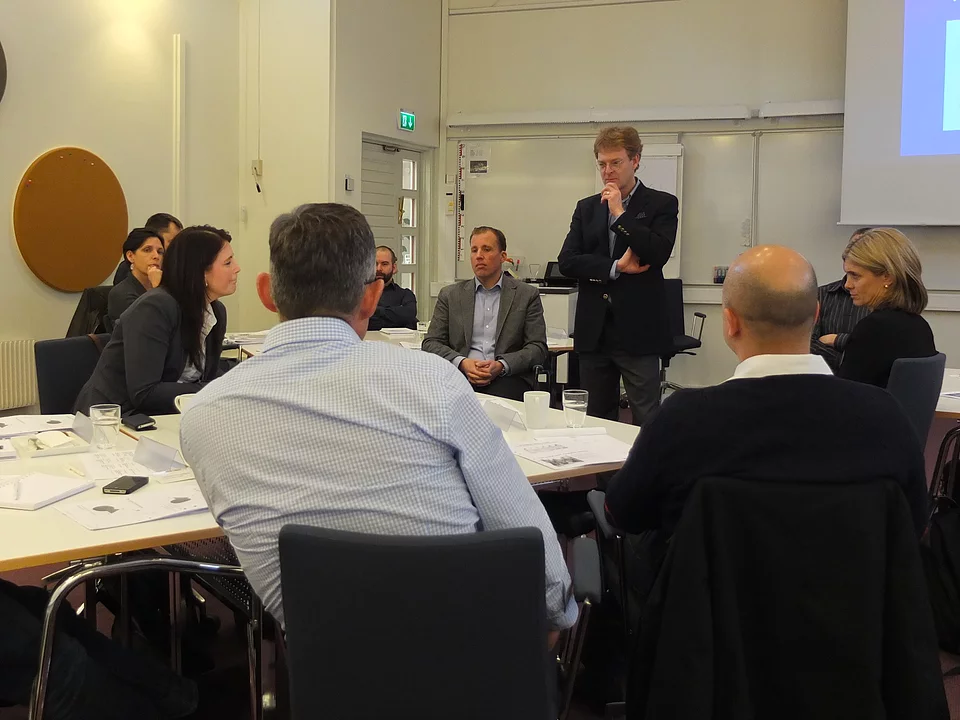SERVICES
CONSULTING
I work as an independent and specialized brand strategy consultant and advisor. My focus is on the management of brands.
My key areas:
Defining brand identity and position: Defining, describing and aligning the identity of the brand (product, service, and/or corporate or a combination thereof)
Defining core values and promise: The basis for internal behavior and external positioning and reputation
Brand strategy: Linking business strategy with brand strategy. Brand portfolio, brand policy, brand books, and strategic brand management.
Value foundations: Uncover, develop and refine, define, and review the values of the brand
Living the brand: Implementation and building internal commitment

